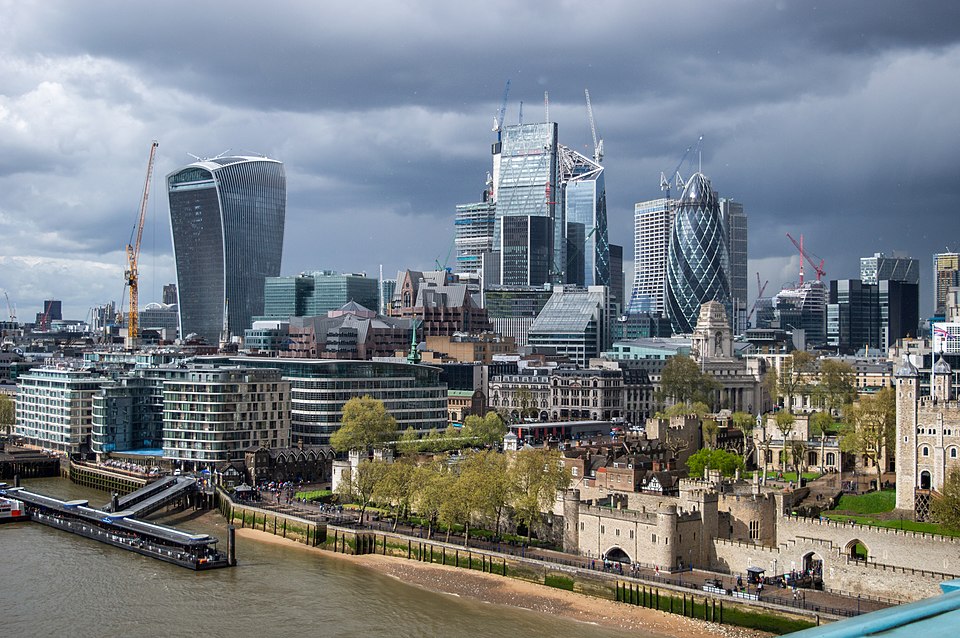
London is on track to see its population rise to nearly 9.5 million by 2032, setting the stage for a total of 10 million residents by the middle of the next decade, according to new figures from
the Office for National Statistics (ONS).
The capital's population currently stands at 8.87 million and is projected to grow by 595,000 over the next decade—a 6.71% increase, outpacing the national average. The key drivers of this growth are international migration and natural change, where births exceed deaths.
One of the most significant hotspots for growth is Tower Hamlets. The borough is projected to see a 20.4% rise in population between 2022 and 2032, bringing the total from about 324,000 to nearly 390,000. This includes a net gain of over 87,000 people through international migration alone.
Despite this influx, internal migration—people moving out of the borough to other parts of England—is expected to reduce the population by almost 60,000 during the same period. However, this will be more than offset by high birth rates and the number of newcomers from abroad.
Tower Hamlets is the fastest-growing local authority in England over the decade, aside from the City of London, which is projected to grow by 48%—though from a much smaller population base of around 17,000.
Across England, the population is forecast to rise from 57.1 million in 2022 to 60.8 million in 2032—a 6.4% increase. By 2047, this number is expected to reach 64.4 million.
The South West is expected to be the fastest-growing region overall, with a 7.5% increase projected by 2032, equivalent to an additional 430,000 people.
Commenting on the figures, Professor Tony Travers of the London School of Economics said the data highlights London’s continued appeal. However, he warned that major investments in housing, transport, and infrastructure will be essential to ensure the city remains liveable as it approaches a population of 10 million.
The ONS emphasized that these are projections based on current trends and past data—not forecasts. They do not account for future policy changes or shifts in economic conditions that could affect migration patterns. Photo by Tristan Surtel, Wikimedia commons.



































